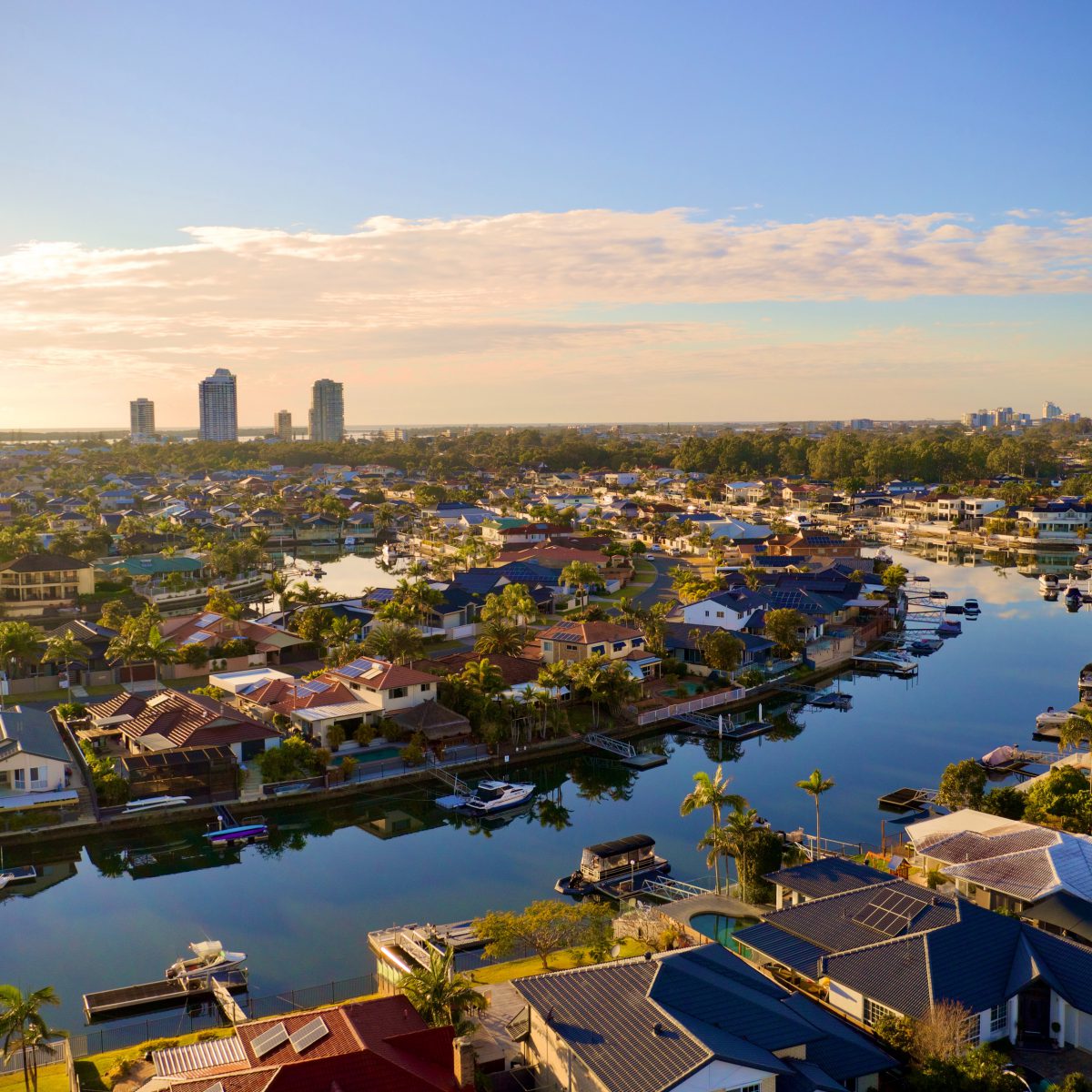
It’s a sad fact that most homes are under-insured and too many owners will not make this discovery until it’s too late.
Your home is your greatest asset and failure to protect yourself financially against fire, storm damage or any other type of disaster can prove an expensive mistake.
Home insurance is not a set-and-forget expense. You should review it each year and be satisfied that it’s sufficient to cover builder and material costs. Never forget to factor inflation into your calculation.
Rising construction costs, often beyond the general rate of inflation, are a common reason why many homeowners find themselves under-insured.
Skimping on coverage is a bad idea. The small amount that you might save from a little corner-cutting can prove financially devastating should the worst happen. And of course, those who live in rural and bush settings know only too well of the increasing risk of fires and floods.
When calculating your coverage, you should ignore the market value of your home and instead focus on replacement cost. No insurance company is interested in what you think your home is worth, only how much you’ll need in today’s dollars to repair or rebuild.
Do not use the coverage minimums required by your bank or lender as a benchmark for sufficient insurance. Their concern is to have cover for their financial exposure to your property. In most cases, that would leave you short of being able to rebuild with an insurance pay-out alone.
When you reassess your insurance coverage, you should consider the following critical aspects of your home.
- How big your home is
- Types of exterior wall construction, such as frame, masonry or veneer
- House style such as federation
- Number of rooms and bathrooms
- Type of roof
- Features like garages, fireplaces and exterior trim
- Overall estimated construction costs
Once you are happy these are covered at the correct amount, consider the inclusions and exclusions of your policy, such as flood and storm damage, and coverage of your personal belongings.
Here’s a quick checklist to help you on your way:
- Ensure your insurance is sufficient to cover the replacement cost of your home and personal belongings. Build inflation into that equation each year.
- Make sure the policy covers destruction, damage and (in the case of personal effects) theft.
- Focus on inclusions and exclusions. You can trim the cost of your premium here, but you should double-down on making sure you’ve got coverage for everything of substantial value.
- If protection from severe weather in excluded, you may want to buy additional liability insurance. Watch out for the phrase “force majeure”, which is used to release an insurer from liability.
- If you’ve renovated or improved the property, be sure to inform your insurance company. While this might increase the premium, your insurer will not pay for the repair or replacement of a swimming pool it wasn’t told about.
- Create an inventory of your belongings, such as jewellery, as well as tools and equipment like ride-on lawnmowers. For valuable items, take photos and keep receipts or professional valuations to prove their worth. Make sure you submit a copy to your insurance company to avoid any dispute.
We believe it is essential for you to have an in-depth conversation with your insurer so you can enjoy your home with real peace of mind.
As your local real estate agent, we can provide some guidance on how to assess your home for insurance purposes accurately, and maybe recommend a local builder to give you a quote on replacement and construction costs, should the worst happen.
Please don’t be one of those homeowners who discovers their mistake only once it’s too late.

